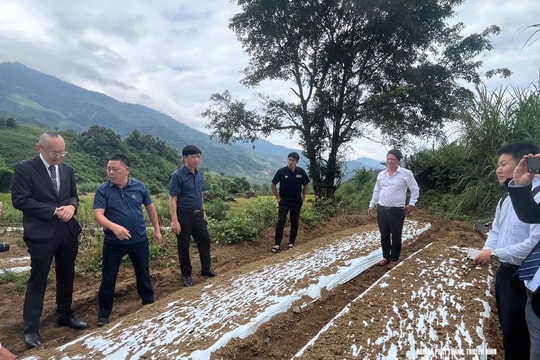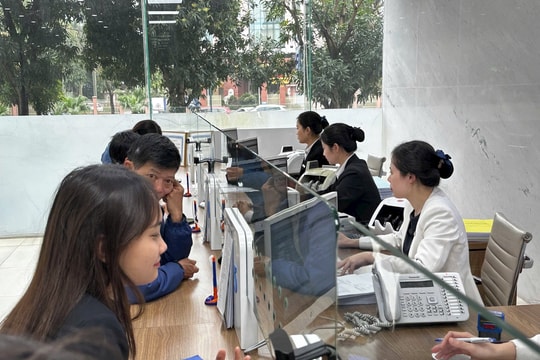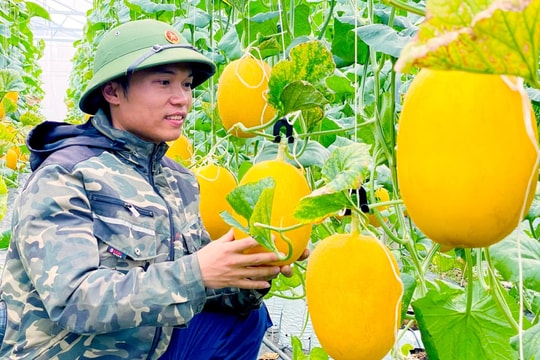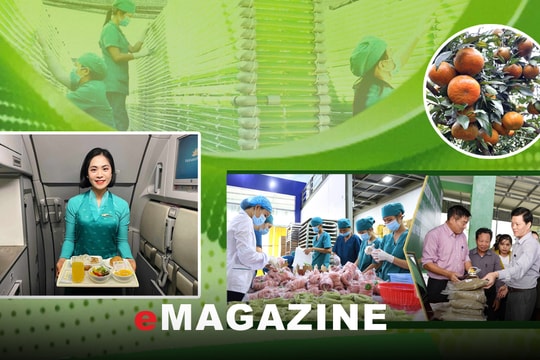Circular economy - key strategy in the era of climate change- Lesson 2: Affirming the effectiveness of circular economy
With advantages in area and resources, many enterprises in Nghe An have built operating models based on a circular mechanism. Enterprises such as NASU Sugar Factory, TH Group, ThaiBinh Seed, Nafoods or Nghe An Agricultural Materials Corporation... have proven that modern production can go hand in hand with protecting nature, reducing emissions and regenerating resources.
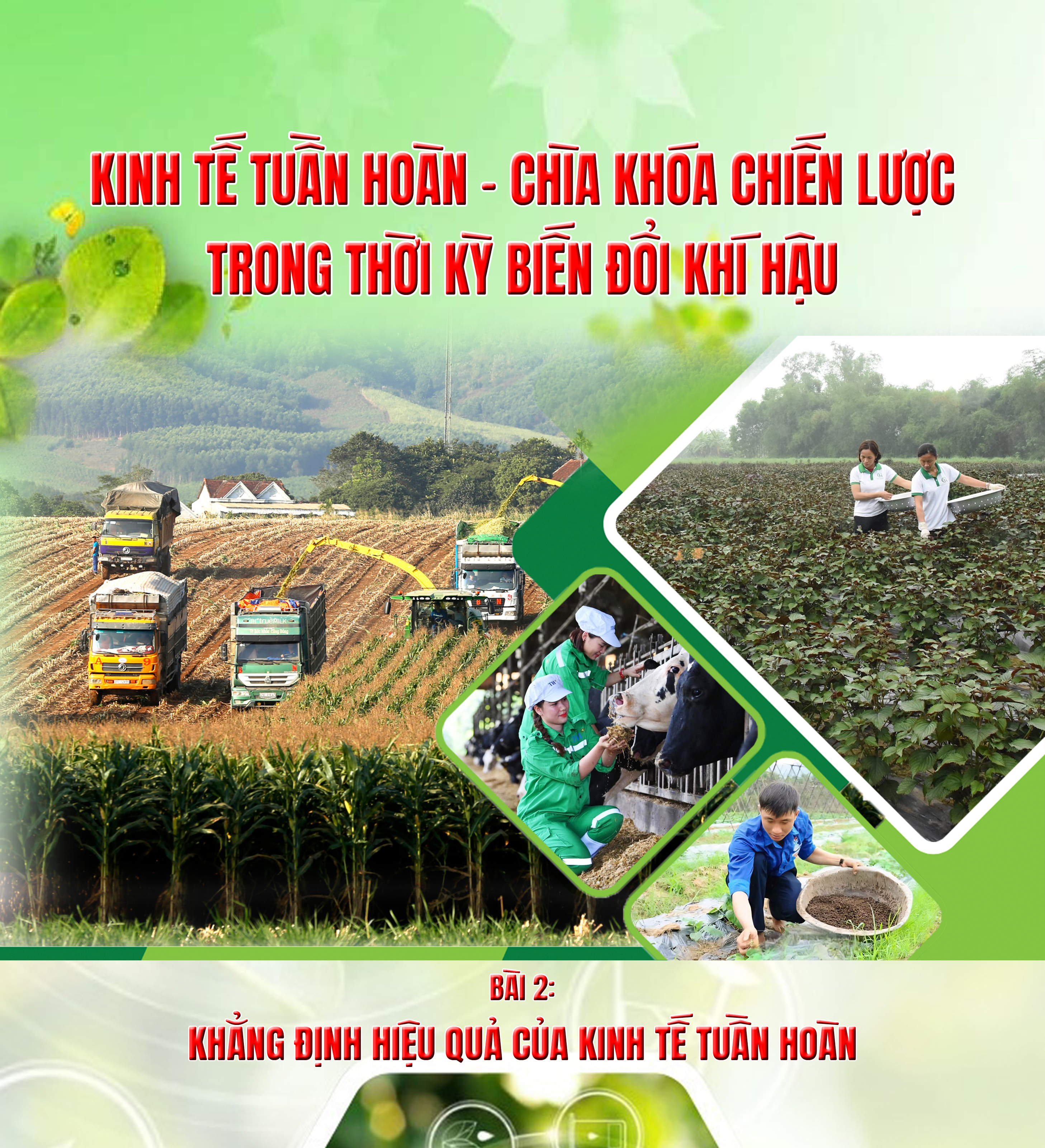
Reporter Group /Technique:Hong Toai• November 11, 2025
------------------------o0o---------------------
With advantages in area and resources, many enterprises in Nghe An have built operating models based on a circular mechanism. Enterprises such as NASU Sugar Factory, TH Group, ThaiBinh Seed, Nafoods or Nghe An Agricultural Materials Corporation... have proven that modern production can go hand in hand with protecting nature, reducing emissions and regenerating resources.
------------------------o0o---------------------
.png)
NASU Sugar Factory in Nghe An, 100% European technology, is still operated by foreign experts and Vietnamese engineers, with a sugarcane pressing capacity of 9,000 tons of sugarcane per day, a typical example of a circular economy that has built a closed production chain, turning by-products into resources and attracting many groups and organizations to learn from. From bagasse burned as fuel to provide heat and electricity for the factory (with 4 MW of electricity sold to the national grid), to bagasse ash and sludge mixed into organic fertilizer, NASU has followed the spirit of "waste from this process is the raw material for another process". Processed molasses is used as animal feed or to produce edible alcohol, and biologically treated wastewater is reused to irrigate sugarcane. This closed chain not only helps the factory to be energy self-sufficient but also reduces greenhouse gas emissions, saves resources and creates sustainable value for sugarcane growers.
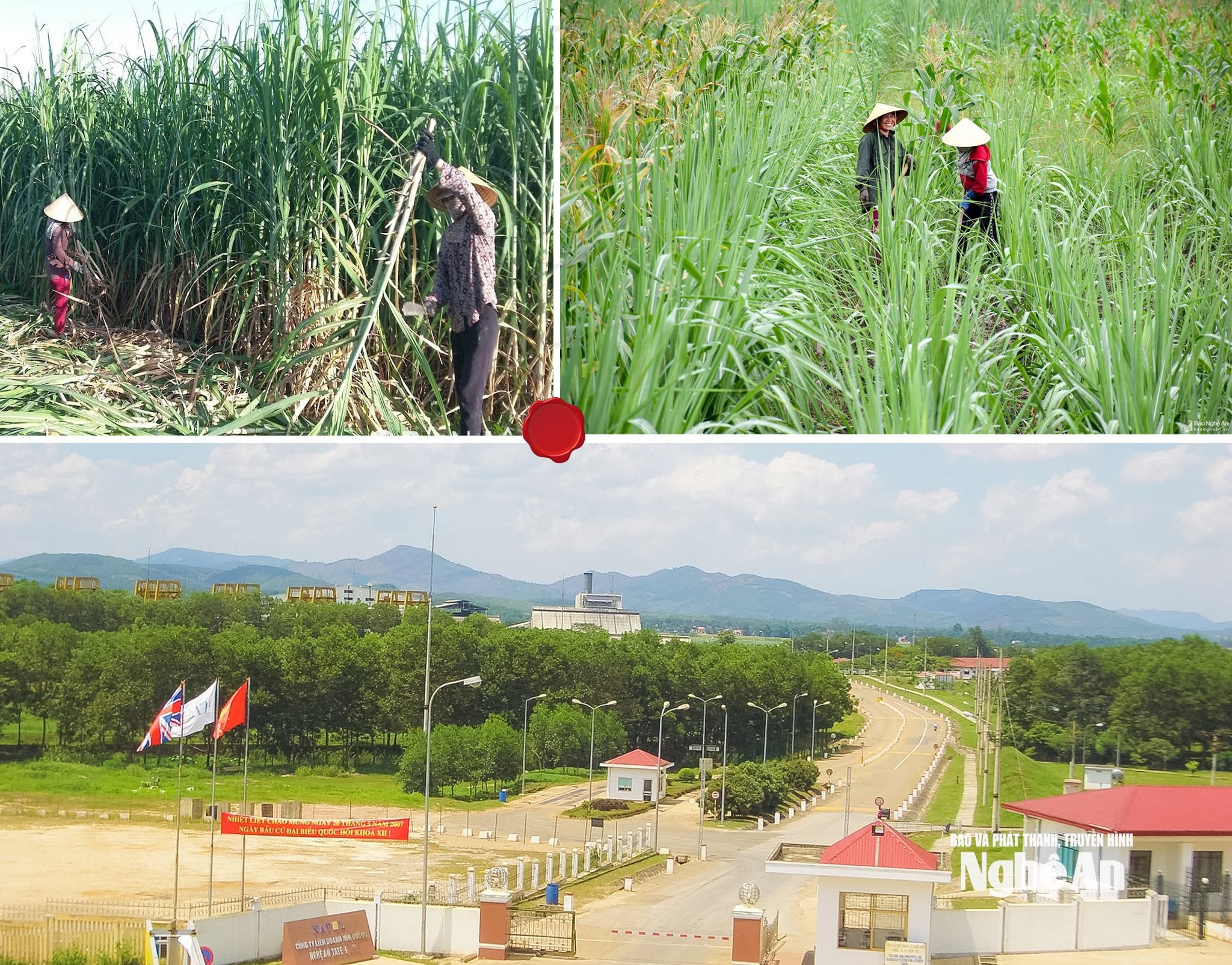
We see sugarcane as an energy crop, not just a sugar crop. Every by-product is fully utilized, nothing is wasted, and from the water to the steam that comes out of the factory, everything is a resource.”
Mr. Ngo Van Tu - General Director of NASU Sugar Factory
.png)
If NASU is a typical example of circular economy in the sugar industry, TH Group is a typical model of high-tech agriculture associated with the philosophy of "Cherishing Mother Nature". At large-scale dairy farms in Nghe An, TH builds a closed production ecosystem from organic pastures, self-sufficient animal feed, to modern milking, processing and packaging systems. All livestock waste is collected in biogas tanks to produce electricity, and the waste is composted into organic fertilizer for the pasture, and the treated wastewater is returned to water the plants - creating a complete cycle.

Not stopping there, TH also invests in solar power, wind power, biotechnology and smart management systems, aiming for the goal of “zero waste”. In 2025, TH Group was honored as “Asia’s Circular Economy Leader”, marking Vietnam on the global green development map.

We develop sustainably with respect and appreciation for "mother nature", considering it as a guiding principle for TH to survive over time. All economic sectors, especially agriculture, need to adhere to the green economic model, knowledge economy and circular economy. This is a pioneering direction to reduce production costs, increase labor productivity and meet international quality standards."
Ms. Thai Huong - Founder and Chairwoman of the Strategy Council of TH Group
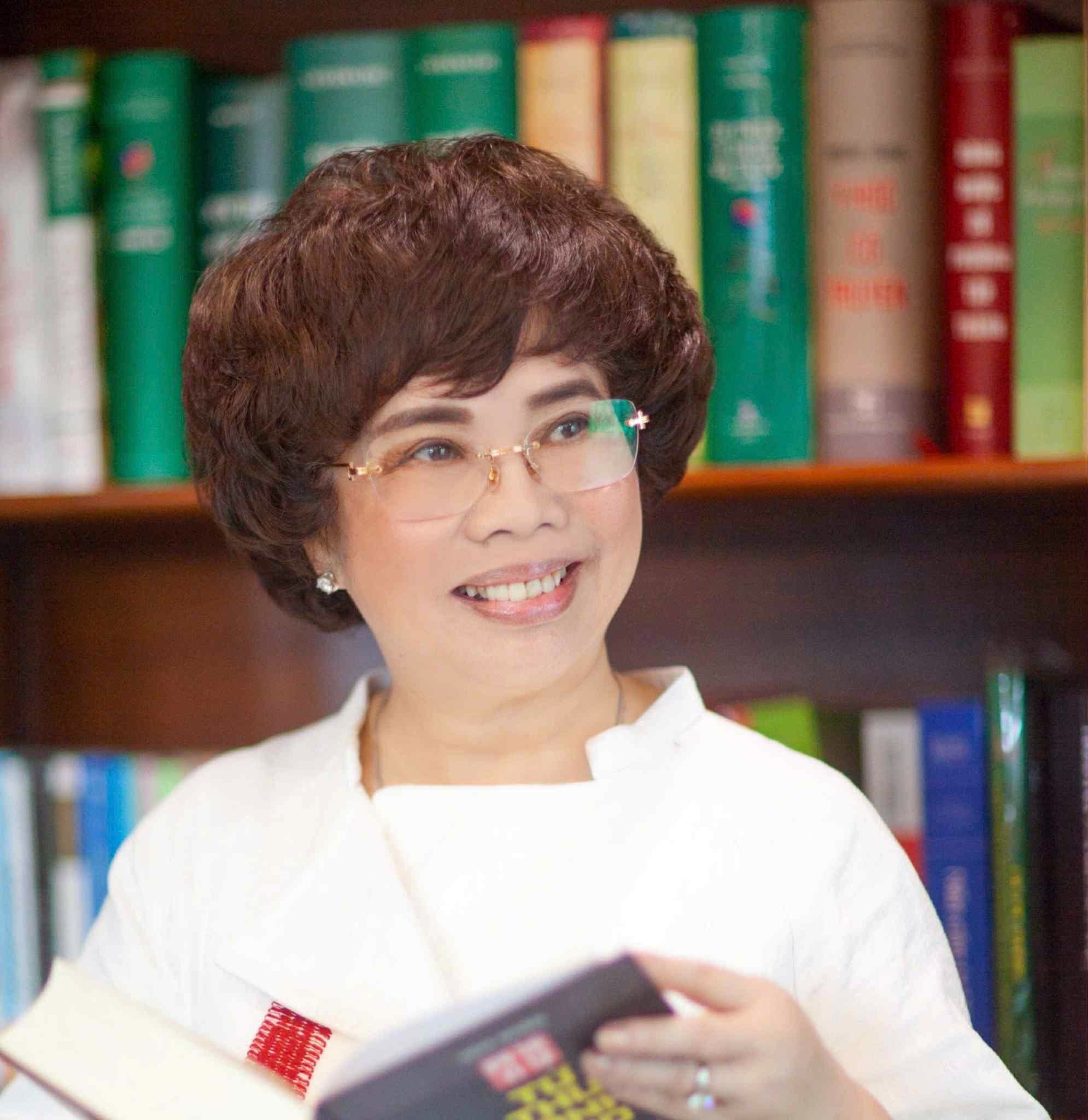

With the same mindset, ThaiBinh Seed - the leading enterprise in plant varieties in Hung Yen province - is also a pioneer in forming a circular value chain. The Group proactively researches and breeds drought-resistant, pest-resistant rice, corn and vegetable varieties, reducing the need for chemical pesticides, while utilizing straw and post-harvest leaves to produce organic fertilizers and biomass energy. The model of linking enterprises - cooperatives - farmers has contributed to the formation of green agriculture, adapting to climate change. ThaiBinh Seed was honored by the world at the Project "Transforming the rice value chain to respond to climate change in the Mekong Delta", affirming the development vision of linking production with environmental responsibility of scientists here.
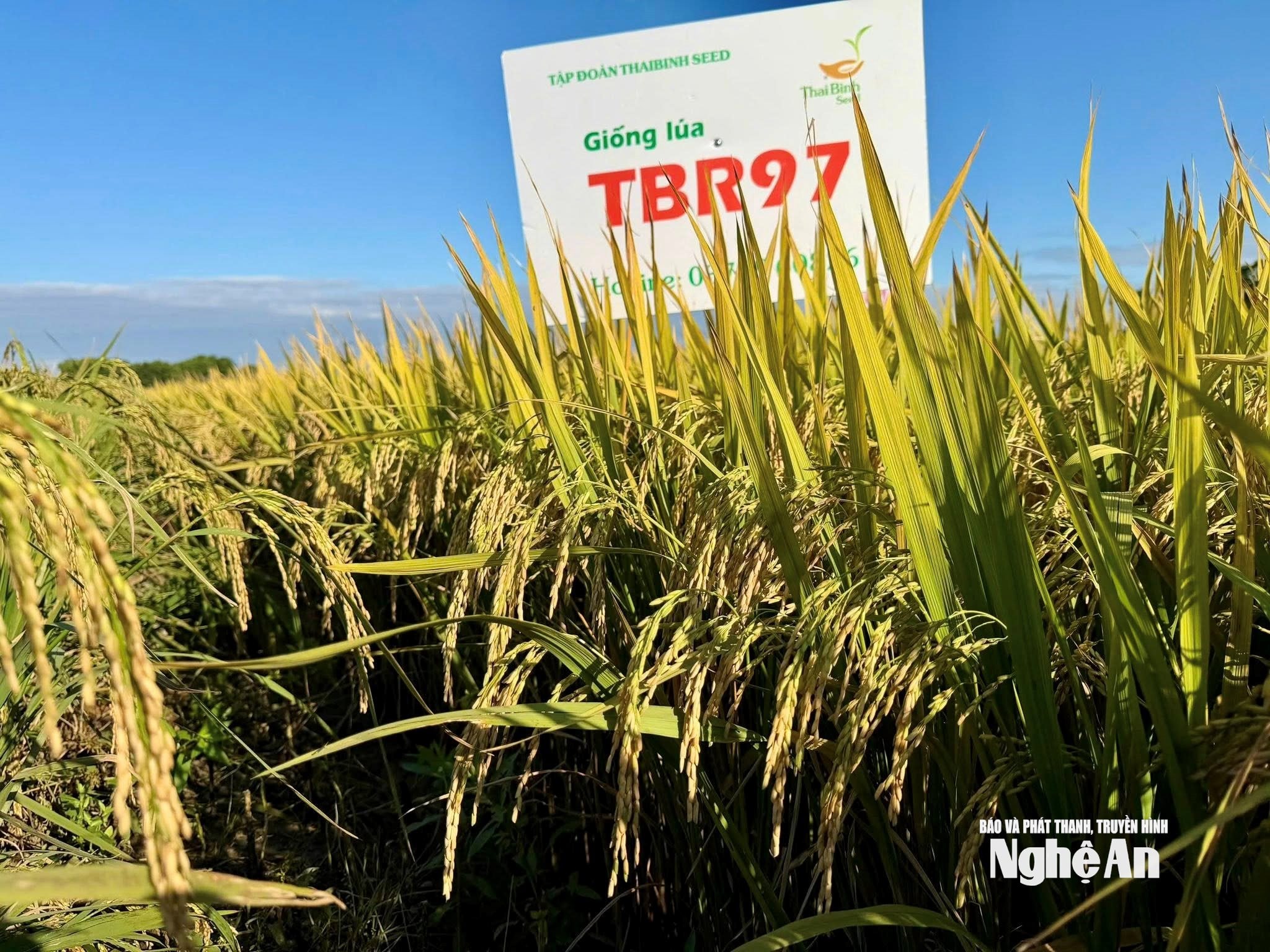
Nafoods Group in Nghe An, an organic pineapple producer, has applied Smart Farm technology to manage more than 30 cooperatives and 2,500 farming households, ensuring the production - processing - consumption of pineapples meets international standards (ISO, HACCP, FSSC 22000, FairTrade...). Many by-products such as pineapple peels and cores are recycled into animal feed and bio-fertilizers. The biomass pellet production project of Nghe An Agricultural Materials Corporation with a German technology factory producing pellets from acacia leaves is also a clear demonstration of the spirit of energy regeneration and environmental protection. From these typical models, it can be affirmed that: Circular economy is no longer a distant concept but has become a practical driving force, helping Nghe An enterprises in particular and Vietnam in general to improve their competitiveness, develop sustainably, and contribute to the national goal of carbon neutrality.
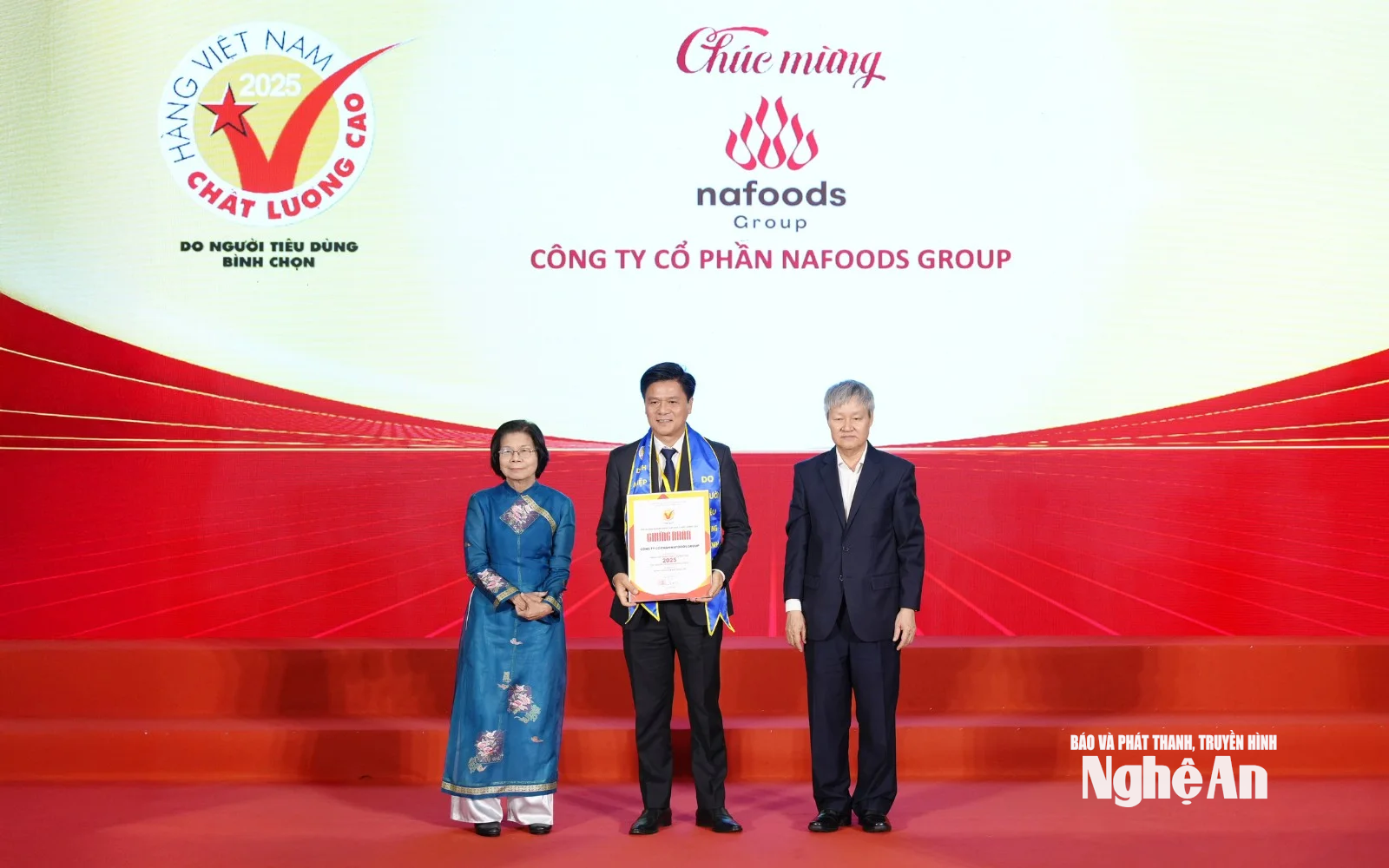
.png)
If businesses are the "locomotives" of the circular economy, farmers are the core force that turns policies into actions, turning by-products into resources right on their fields. "Small but effective" models are gradually creating a new look for green agriculture. In Nhan Hoa commune, Nghe An, Mr. Vo The Dung invested in a system of raising earthworms from pig waste, combining hydrolysis and heating technology to produce organic foliar fertilizer. Earthworms not only become a source of protein-rich food for livestock and poultry, but also bring in a high income of tens of millions of VND/year for his family, reducing pollution and improving the fertility of tea and fruit growing land.

In Nam Dan commune, the Green Da Han Agricultural Cooperative, directed by Mr. Le Luu Thang, has turned livestock waste into bio-fertilizer, used for nearly 2 hectares of VietGAP-certified organic squash. The squash products have beautiful appearance, 20-25% higher productivity and much higher selling price in the clean agricultural market. In Nghia Hung, Van An, or Quynh Thang, hundreds of farmers take advantage of agricultural by-products - from straw, pine needles, manure - to make organic fertilizer, both reducing input costs and reducing greenhouse gas emissions. Many households growing organic pineapples have linked with GlobalGAP-certified enterprises, have their products guaranteed, and their income has doubled compared to before.

In particular, the Provincial Agricultural Extension Center is replicating the 3-stage white-leg shrimp farming model in Dien Chau, applying sensors to measure pH, oxygen, salinity connected to cloud data to help control the environment automatically. The system of settling ponds and wastewater treatment ponds creates a closed cycle, both increasing the survival rate of shrimp to 75-76% and protecting coastal water sources. Each hectare of shrimp farming can bring in a profit of over 1 billion VND - a clear demonstration of the economic and environmental efficiency of the circular model.
Mr. Nguyen Viet Thang - a high-tech shrimp farmer in An Chau commune shared: “I have been farming shrimp for a long time, but only when applying the closed-loop model did I see real effectiveness. All water in the pond is filtered and treated with microorganisms for reuse, not discharged into the environment. I do not use antibiotics, but use biological feed and beneficial microorganisms, helping shrimp stay healthy and the farming environment to be stable. The roof system, sensors, and automatic water fans help save energy and reduce emissions. Thanks to that, shrimp are of high quality, less diseased, and long-term costs are significantly reduced. Following the closed-loop model is initially costly, but it is an investment for the future - for a clean environment, clean shrimp, and a sustainable seafood brand. I think, agriculture now cannot just 'produce a lot', but must 'produce green'.
According to statistics, in 2024 alone, Nghe An farmers produced nearly 17,000 tons of organic fertilizer from agricultural by-products - a number that shows a strong change in awareness. From considering by-products as waste, they have now become a valuable resource.
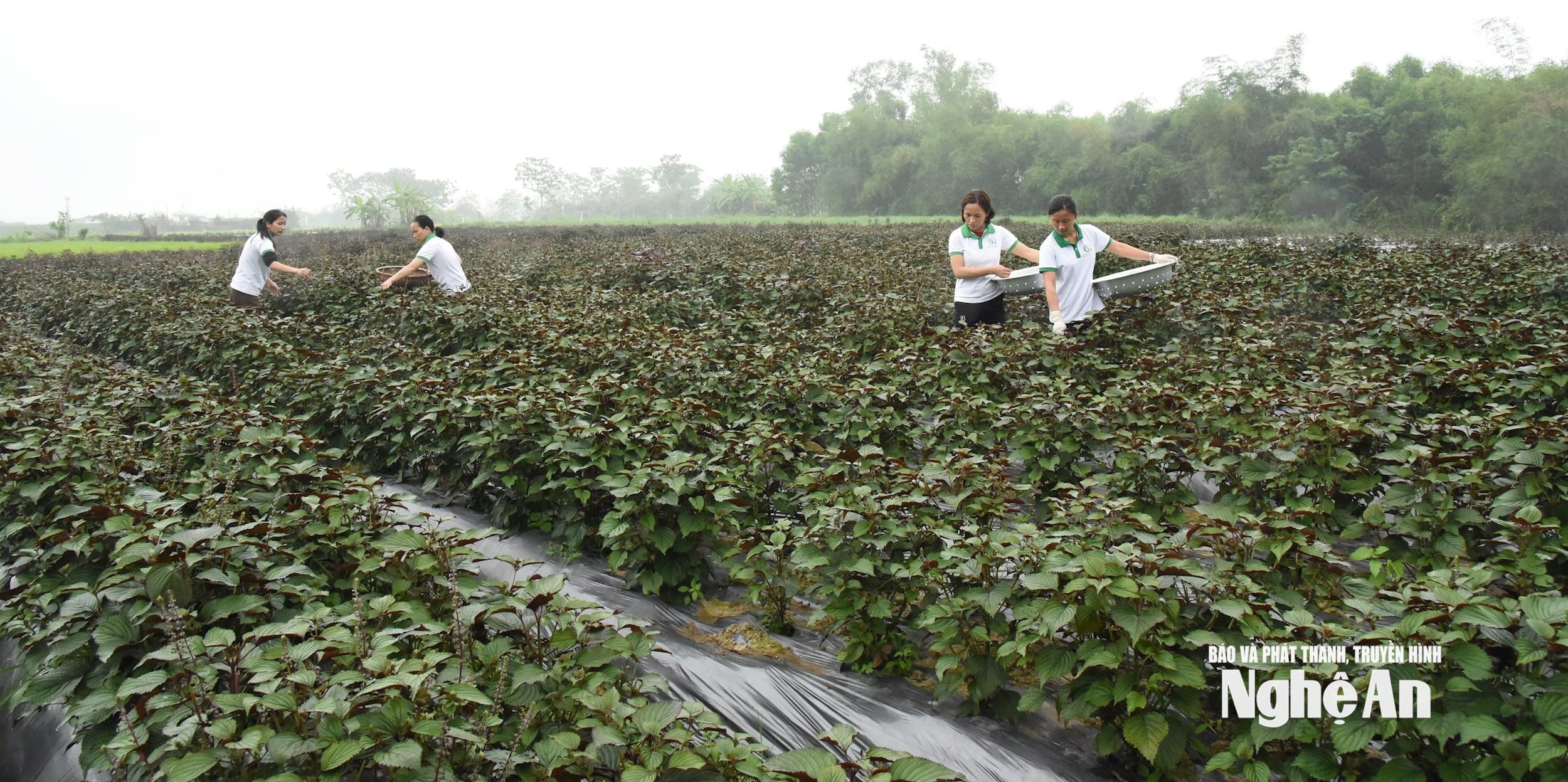
The circular economy movement in rural areas has been bringing three fundamental values:
Economically:Reduce costs of fertilizers and chemicals, increase productivity and profits; clean agricultural products are favored by the market, have high selling prices, especially in the export and OCOP segments.
About the environment:Limit straw burning, reduce soil - water - air pollution; improve soil, increase fertility, protect biodiversity.
About society:Contribute to forming green production thinking, creating jobs, increasing links between farmers - cooperatives - enterprises, and strengthening consumer confidence in local agricultural products.
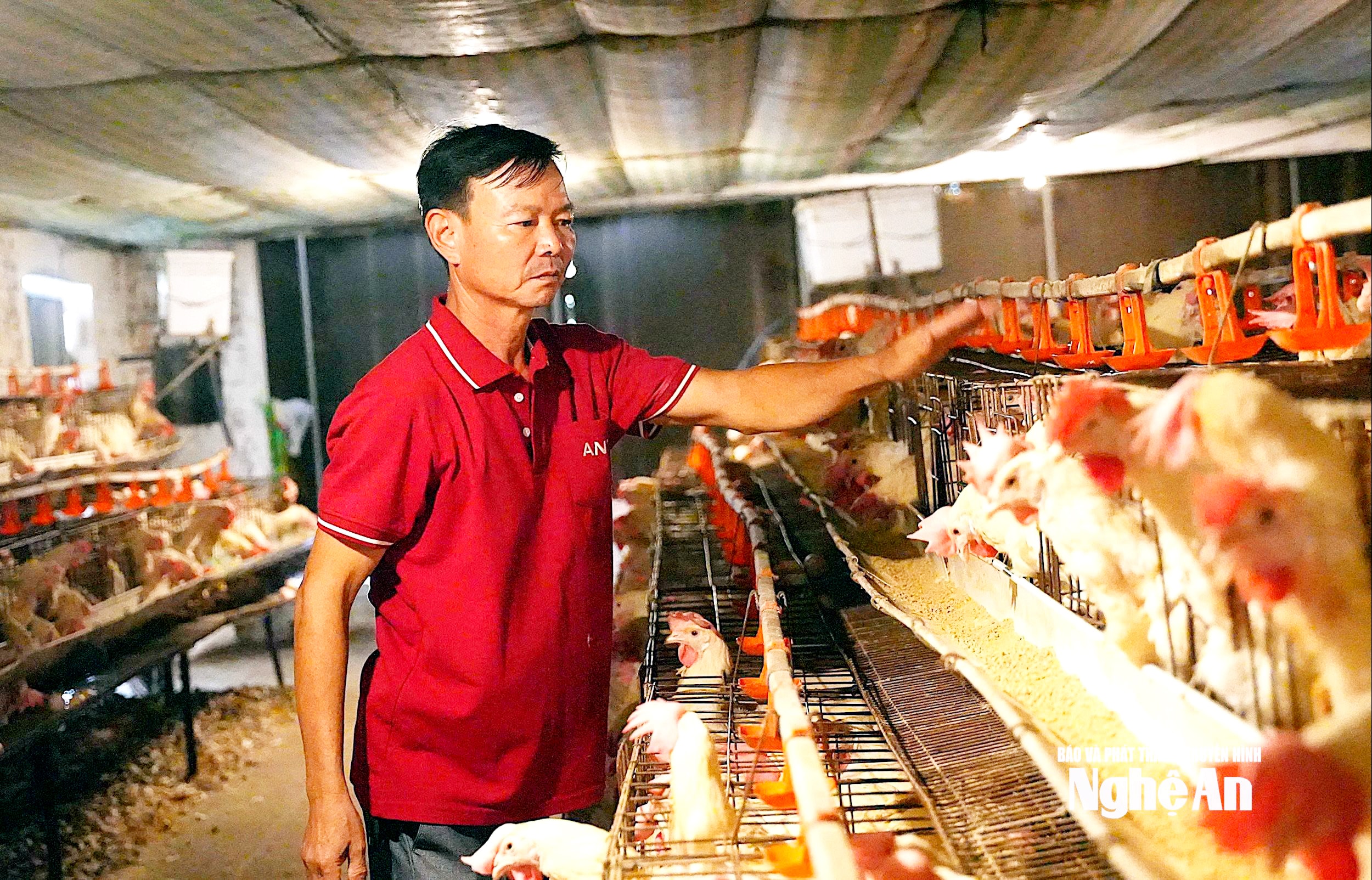
However, for the circular economy to develop steadily at the household level, stronger support in terms of capital, science, technology and markets is needed. Access to green credit, training in composting techniques, organic product certification, or building a stable consumption chain are key factors to help farmers confidently make the transition.

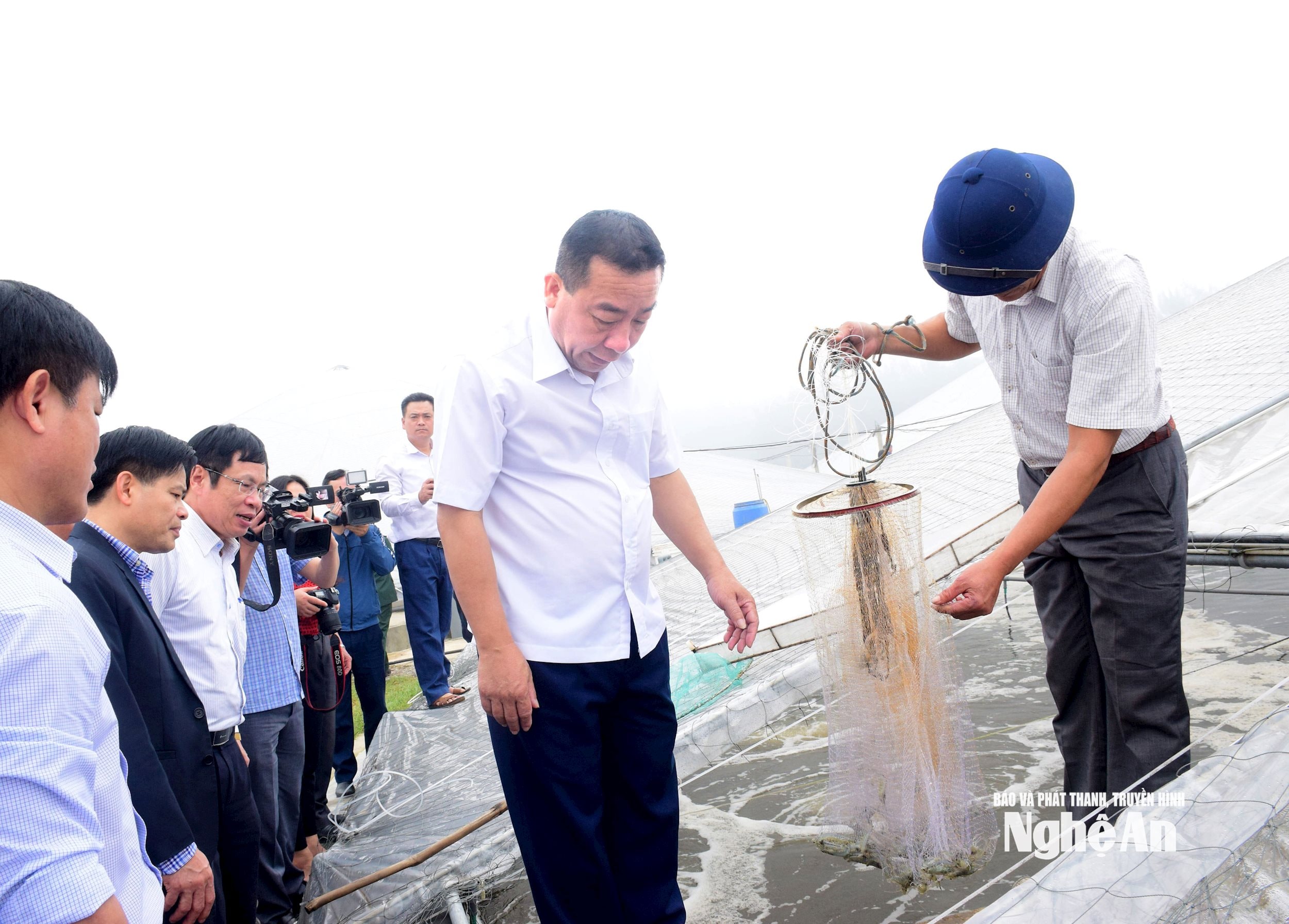
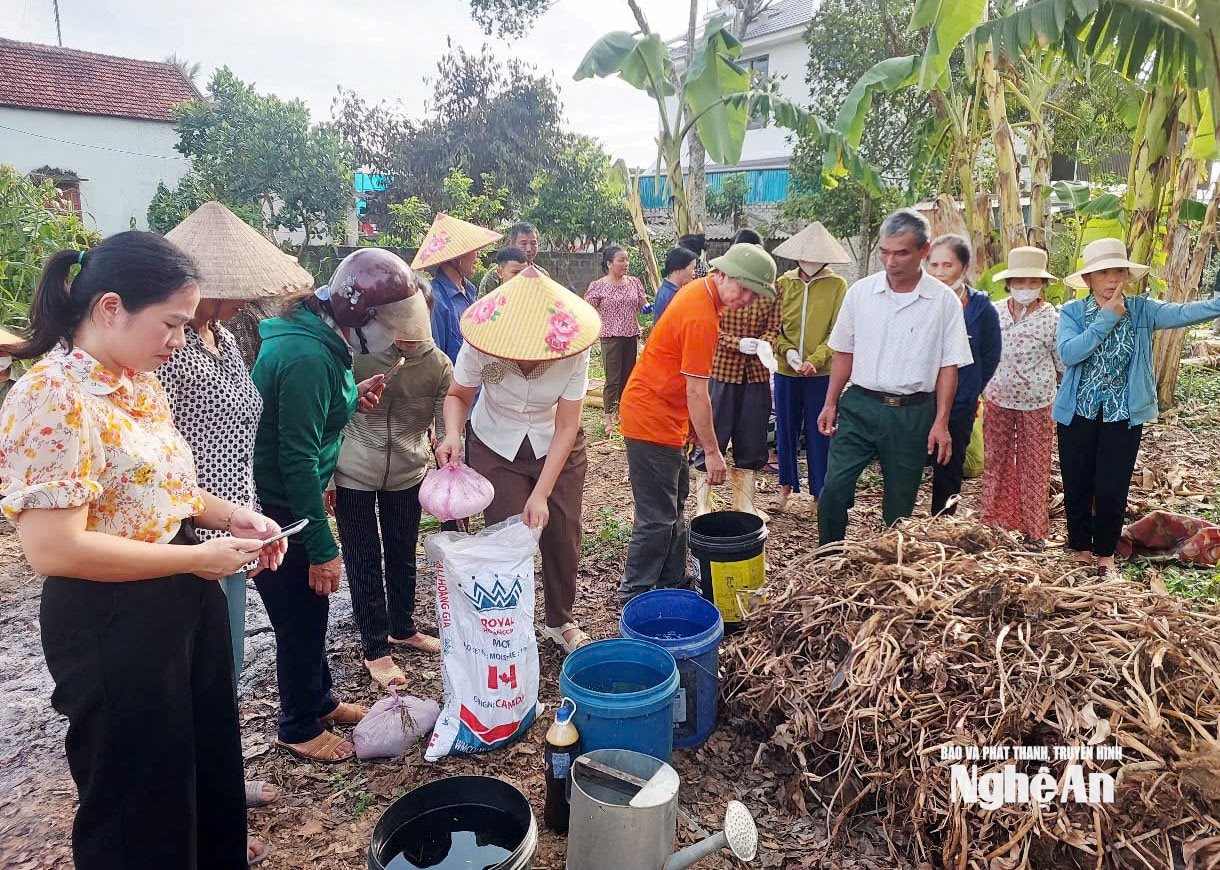
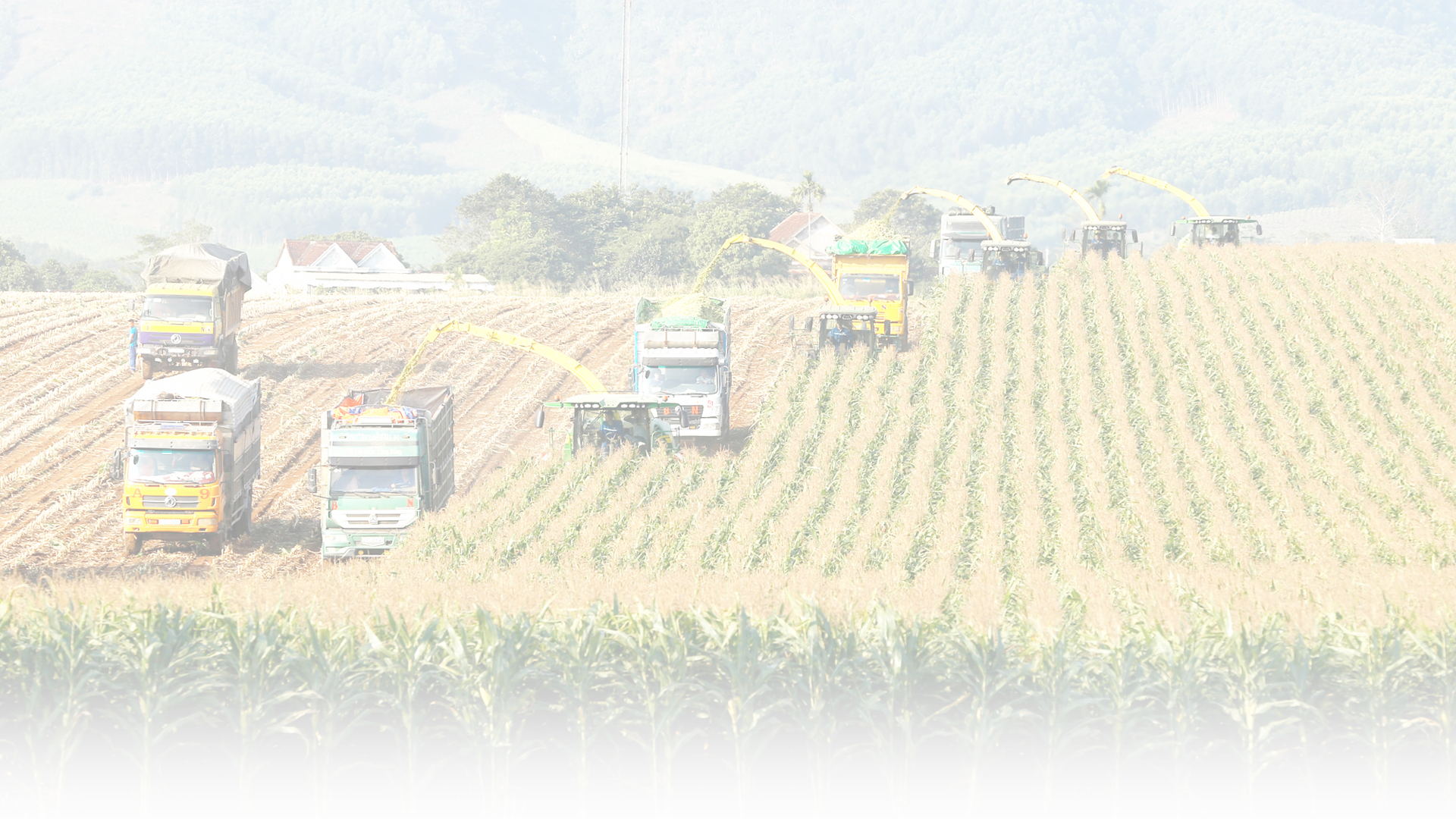
From large enterprises such as TH, NASU, ThaiBinh Seed to the simple farmers in Nghe An, each model, regardless of scale, shares the same philosophy: "Do not waste resources, do not trade the environment for growth" and live and work with a common sense of responsibility. This is not only an effective economic development path, but also a humane journey - a journey for people and for the future. When each enterprise and each citizen is imbued with the spirit of "circulation", multiplying the bright spots of green production, contributing to bringing Vietnam firmly on the path of sustainable development, in harmony between people and nature.
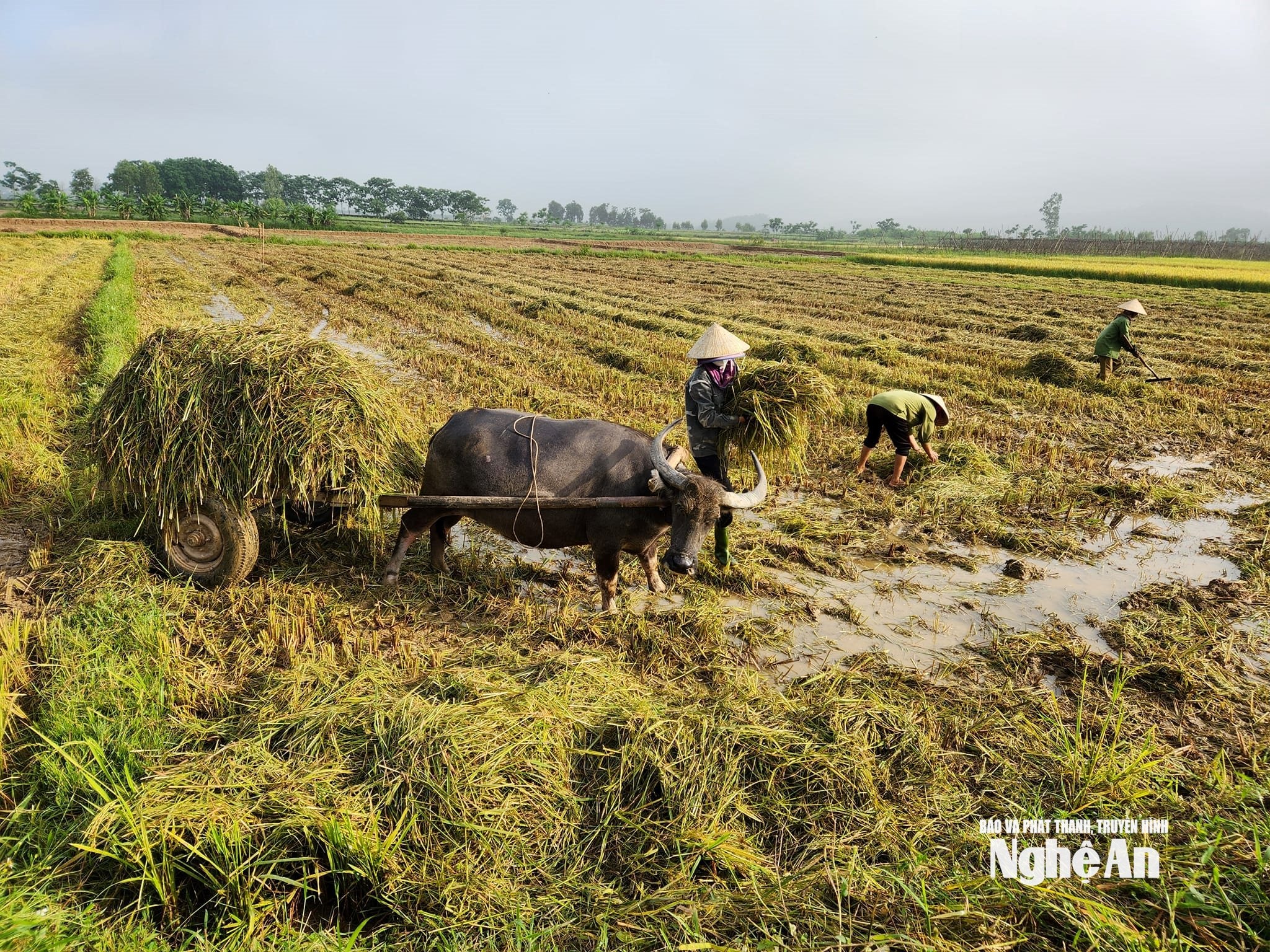
Comrade Nguyen Van De - Vice Chairman of Nghe An Provincial People's Committee added: Nghe An closely monitors the process of approving investment projects, managing input and output products in line with environmental criteria. We also take care to create favorable conditions for investment projects in terms of raw materials, site clearance, and capital. We also prioritize funding for environmental treatment, processing of organic microbial fertilizers, supporting startups and supporting businesses to develop green economy and circular economy.
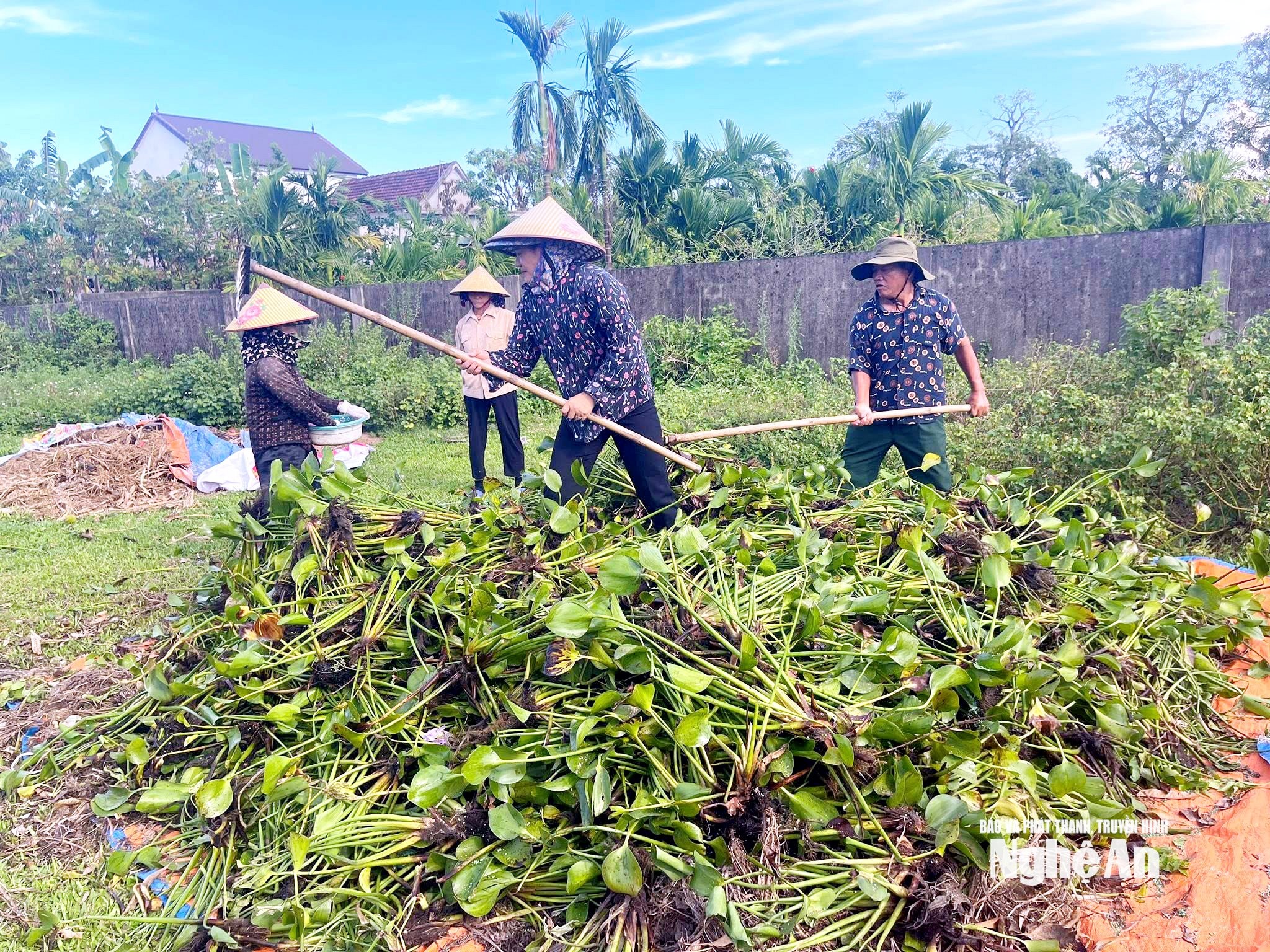
-------------------o0o-------------------
(To be continued. Part 3: The role of green credit in developing a circular economy)

